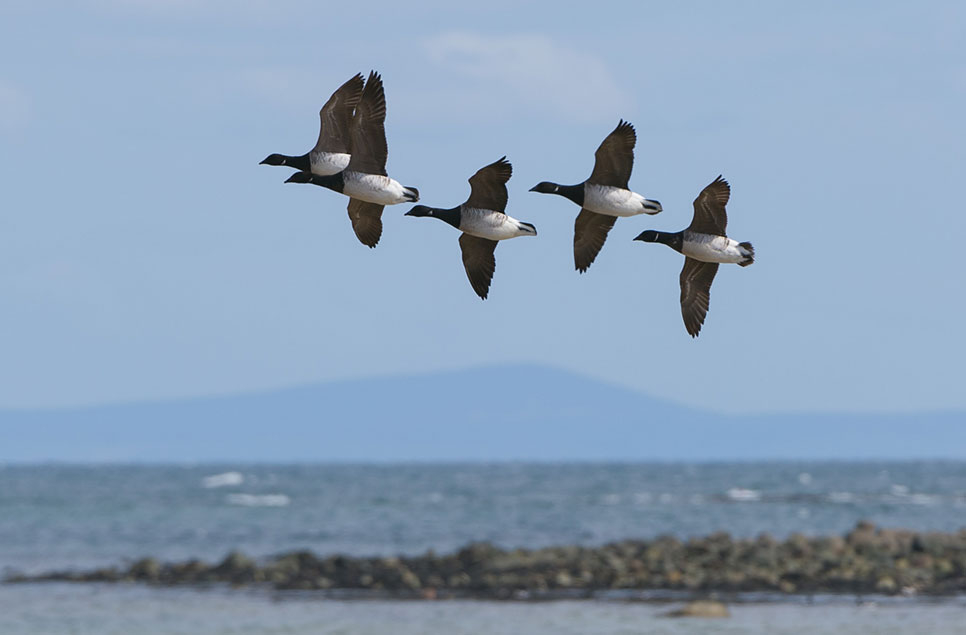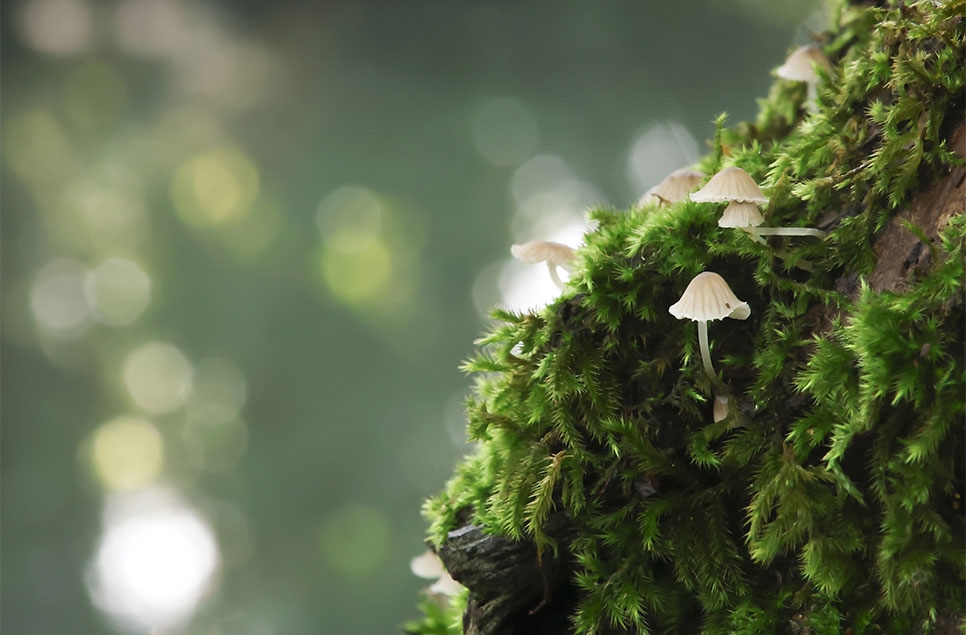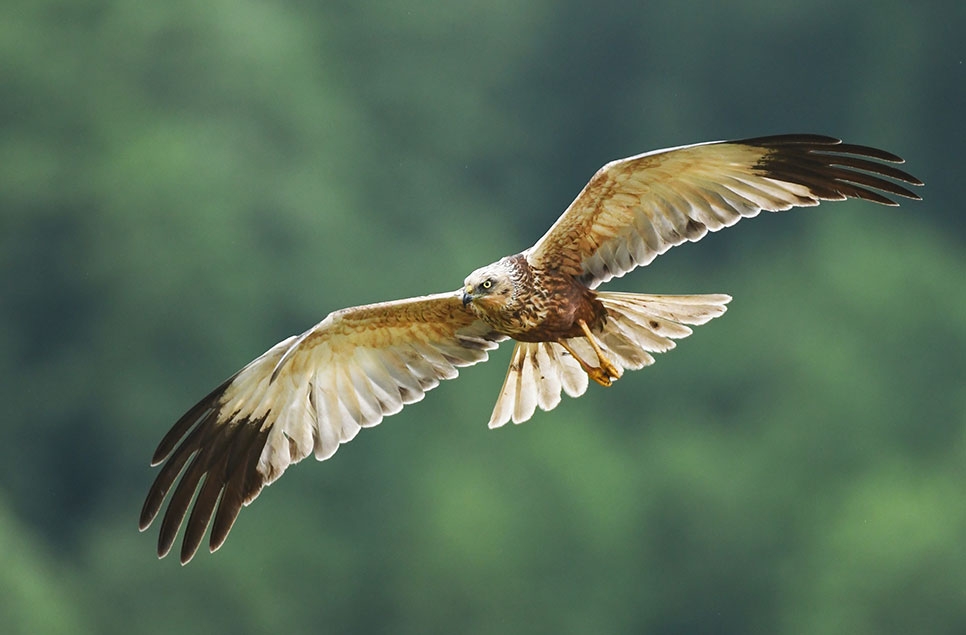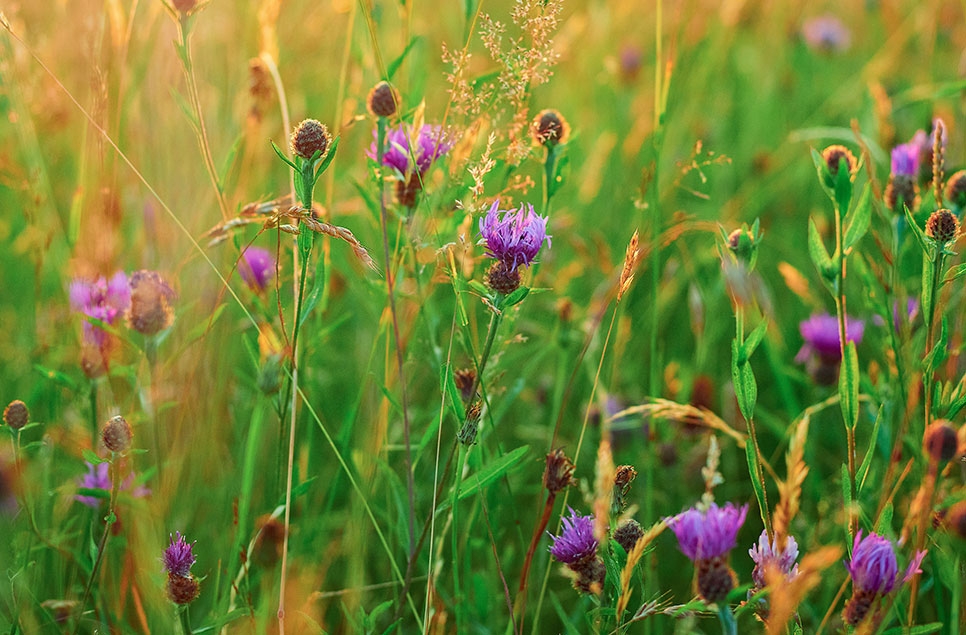A spotlight on wetland wildlife - August 2020

We take you on another tour of our sites to see what the wildlife has been up to during August. Now is the time for the last broods of birds to be fledging, for our summer visitors to start thinking about heading south and for new arrivals to appear.
It’s been a productive breeding season across our reserves. At Steart Marshes, a pair of black-winged stilts managed to fledge three chicks, the furthest west they have ever bred in the UK and the only record in 2020. They’re most often seen raising a family somewhere around the Mediterranean.
The Washington common terns have also been successful! Soon, the adults and the fledglings will be migrating south to spend the winter in west Africa.
As the summer breeders begin to depart, the passage migrants start to filter through – these waders are using Washington as a stop-off for refuelling. Passage migrants are those birds that don’t breed in our wetlands, but can be seen in autumn as they move through on their migration to their breeding grounds elsewhere. Our wetlands provide essential food and shelter to help them make their impressive journeys.
Whilst down at Slimbridge, here too, a busy wood sandpiper visits.
Juvenile Wood Sandpiper, South Lake wader scrape, phone-scoped from Discovery Hide. MJM. #GlosBirds pic.twitter.com/0OooyOFoxK
— Slimbridge Sightings (@slimbridge_wild) August 11, 2020
And a bouncing common sandpiper are new additions to the spread of waders seen on site. There are a few reasons why these birds might bounce, from helping them to spot prey to camouflage from predators (hard to spot against running water).
Influx of Common Sandpipers @Slimbridge_wild (video of one of the 'bouncers') + newly arrived juv Ruff (1st of the season) and a couple more juv Greenshank all stopping off at our #migration fuel station #birds #wetlands pic.twitter.com/Icjw4KagJO
— Martin McGill (@MJMcGill_Anser) August 10, 2020
Some waders don’t make such a spectacular migration, but they still have interesting stories – these adaptable oystercatchers down in Arundel have chosen to raise a family on a construction site.
But it’s not just waders that start appearing in the autumn – yellow wagtails pass through in great numbers, many of them looking for insect prey around the cattle on our marshes.
Yellow wagtail - these stunning summer migrants are busily feeding up around the herds of cattle and drinking and bathing in the pools around the reserve. Hundreds of birds are passing through adding to the few pairs that breed here - don't miss them before they all head south. pic.twitter.com/OfzpcR82Mg
— WWT Welney (@WWTWelney) August 24, 2020
The team at Slimbridge have been up-close with another warming-climate colonist, much like Steart’s stilts - great white egrets are now becoming an increasingly frequent occurrence.
Great White Egret again fishing on the Pill Box Pool this morning, phone-scoped from Estuary Tower. Also viewable from Knott Hide and the 'hole in the wall' MJM #GlosBirds pic.twitter.com/tMRWdaw6qf
— Slimbridge Sightings (@slimbridge_wild) August 27, 2020
Back at Castle Espie, an essential piece of kit to monitor wildlife on our reserves is the trail-cam. Just look at this up-close view of an iridescent kingfisher.
Summer may be coming to an end but that doesn’t mean that wonderful insects can’t still be seen, as in Caerlaverock, they managed to spot a range of dragons!
It’s also a great time of year for putting out the moth trap. Look at the beauties that have been caught!
Welney also scored big with a clifden nonpareil, otherwise known as a blue underwing – you can see why it gets that name…
And finally, we see the first birds arrive back here to stay for the winter; the light-bellied brent geese at Castle Espie after leaving for Greenland in late April, a mammoth migration of over 4,500km one-way.
Next month, we look forward to spectacular September as autumn migration kicks off in earnest and there is a real shift-change in the species that you’ll start to see in our wetlands.
Be sure to keep up-to-date with wildlife news on centre’s social media channels or come and see it for yourself by booking a visit.
Visit a wetland
See all the summer sights in person by paying a visit to one of our wetland centres. To help keep everyone safe at the moment we’ve made a few changes to our sites, and are asking everyone to book in advance, so we can give you the best possible experience.
Find your nearest reserve


